Home>Articles>What Direction Should Ceiling Fans Go During Winter
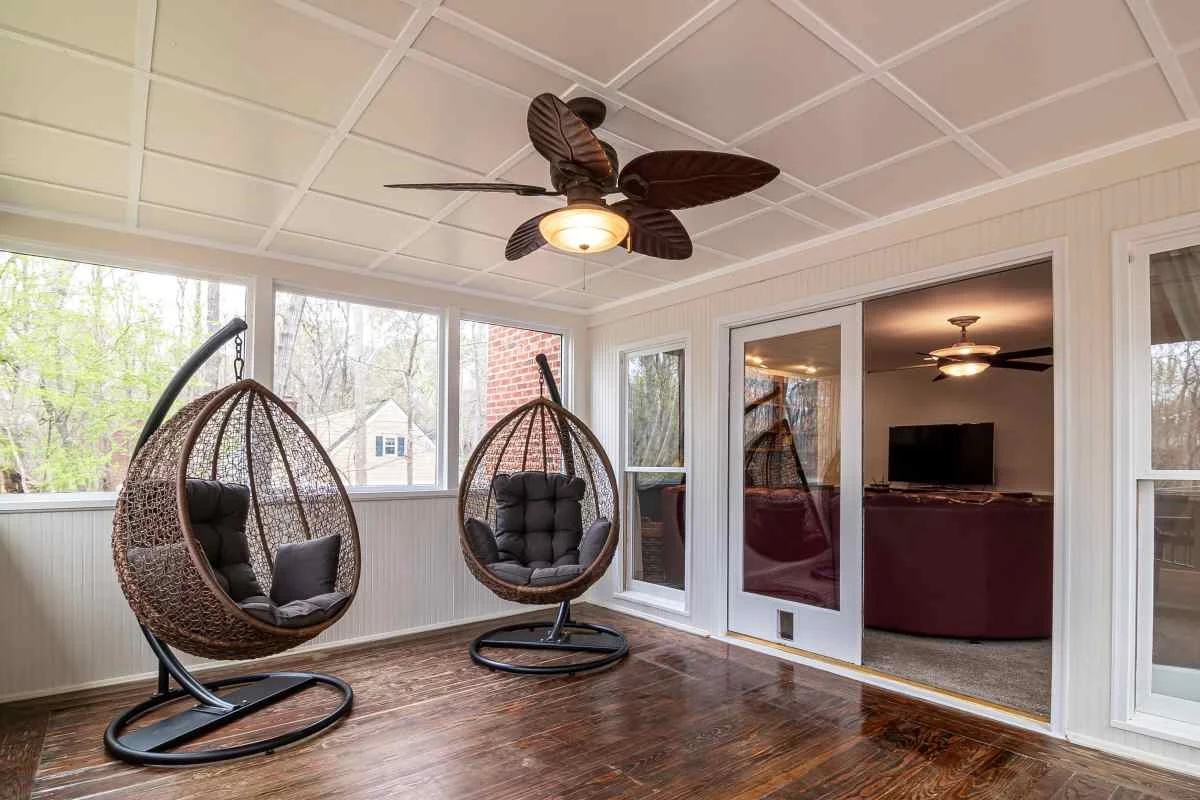

Articles
What Direction Should Ceiling Fans Go During Winter
Modified: February 27, 2024
Discover articles on what direction ceiling fans should go in the winter. Stay warm and save energy by optimizing your fan settings.
(Many of the links in this article redirect to a specific reviewed product. Your purchase of these products through affiliate links helps to generate commission for Storables.com, at no extra cost. Learn more)
Introduction
When it comes to keeping our homes comfortable during the winter months, most of us rely heavily on heating systems such as furnaces and radiators. While these methods are effective at providing warmth, they can also lead to higher energy bills. However, there is a simple yet often overlooked solution that can help distribute warm air more efficiently and reduce energy consumption – ceiling fans.
Ceiling fans are commonly used during the summer to create a cool breeze, but did you know they can also be useful in the winter? By understanding the concept of ceiling fan direction and making a simple adjustment, you can optimize the performance of your ceiling fan to keep you cozy and comfortable during the colder months.
In this article, we will explore the importance of using ceiling fans in the winter and how adjusting their direction can make a significant difference in the distribution of warm air throughout your home. We will also delve into the benefits of running ceiling fans in reverse during the winter season and how it can improve energy efficiency. So, let’s dive into the world of ceiling fans and discover the best direction for them to go in the winter.
Key Takeaways:
- Embrace the power of ceiling fans in winter by running them in reverse to distribute warm air efficiently, reduce energy consumption, and create a cozy living space while lowering utility bills.
- Understanding the concept of ceiling fan direction is key to optimizing their performance in winter, promoting better air circulation, and enhancing energy efficiency for a comfortable home.
Read more: Which Direction Should Fan Go In Winter
Why Ceiling Fans Matter in Winter
When it comes to heating our homes during the winter, many of us rely on central heating systems. While these systems effectively warm up the air in our homes, they often struggle to distribute the heat evenly. This can result in certain areas feeling overly warm while others remain chilly.
This is where ceiling fans come in. By running your ceiling fan in the winter, you can help alleviate this issue and ensure that warm air is circulated throughout the entire room. The gentle breeze created by the fan helps to disperse the warm air that tends to rise and collect near the ceiling, pushing it back down towards the floor.
Not only does this create a more comfortable and even temperature throughout the room, but it also helps to reduce energy consumption. By using ceiling fans to supplement your heating system, you can lower your thermostat by a few degrees without sacrificing comfort. This can lead to significant energy savings and ultimately, lower utility bills.
Furthermore, using ceiling fans in winter is not just restricted to heated rooms. If you have a fireplace or wood-burning stove, you can also benefit from circulating the warm air produced by these sources. The fan will help distribute the heat evenly, making your entire home feel cozy and warm.
So, don’t underestimate the power of a ceiling fan in the winter months. It can make a notable difference in the comfort of your home and in your energy consumption. Now that we understand the importance of ceiling fans in winter, let’s explore the concept of ceiling fan direction.
The Concept of Ceiling Fan Direction
To fully harness the benefits of ceiling fans in the winter, it’s crucial to understand the concept of ceiling fan direction. Most modern ceiling fans come equipped with a reversible motor, which allows them to rotate in two different directions: clockwise and counterclockwise.
In the summer, it is recommended to run your ceiling fan in a counterclockwise direction. This creates a cooling breeze by pushing air downward and creating a wind-chill effect. However, in the winter, you want to reverse the fan’s direction to clockwise.
Running the ceiling fan in a clockwise direction during the winter allows it to create an updraft. This gentle updraft helps to push warm air that has risen towards the ceiling down to the living space, keeping you warm and comfortable. By circulating the warm air, ceiling fans can help reduce the temperature stratification in the room and prevent hot air from collecting near the ceiling.
It’s important to note that not all ceiling fans have a reverse function. If your fan doesn’t have this feature, you may consider investing in a fan designed for all-season use or purchasing a fan kit that allows you to reverse the direction of your existing fan.
Now that we understand the concept of ceiling fan direction, let’s move on to discussing the ideal direction for ceiling fans in the winter season.
Direction of Ceiling Fans in the Winter
During the winter, the optimal direction for your ceiling fan is clockwise. When set to this direction, the fan blades will rotate in a clockwise motion, creating an updraft. This gentle updraft helps to push warm air that has risen towards the ceiling back down into the living space.
To ensure that your ceiling fan is rotating in the correct direction, stand beneath the fan and observe its movement. If you feel a gentle breeze blowing downwards, it means your fan is rotating counterclockwise, which is the direction for summer use. To switch the direction for winter, most ceiling fans have a switch on the motor housing or remote control that allows you to change the direction of the fan blades.
When running your ceiling fan in the winter, it’s recommended to set it to a low or medium speed. This will help create a gentle airflow that effectively circulates the warm air without creating a noticeable draft. Remember, the goal is to redistribute the warm air, not create a chilling breeze.
It’s worth mentioning that while ceiling fans can help improve the distribution of warm air in a room, they are not a replacement for a heating system. The primary purpose of a ceiling fan in winter is to enhance the performance of your heating system and reduce energy consumption by promoting better air circulation.
Now that we know the ideal direction for ceiling fans in the winter, let’s explore the benefits of running them in reverse during the colder months.
During the winter, ceiling fans should rotate clockwise at a low speed to push warm air down from the ceiling and circulate it around the room, helping to maintain a more even temperature and reduce heating costs.
Benefits of Running Ceiling Fans in Reverse
Running ceiling fans in reverse during the winter season offers several benefits that can improve the comfort and energy efficiency of your home. Here are some advantages of using your ceiling fans in reverse:
- Improved Warm Air Circulation: By running the fan blades in a clockwise direction, warm air that has risen towards the ceiling is pushed back down into the living space. This helps to create a more even and comfortable temperature throughout the room, preventing hot air from collecting near the ceiling.
- Reduced Energy Consumption: By redistributing warm air more efficiently, running your ceiling fan in reverse allows you to lower your thermostat without sacrificing comfort. This can lead to significant energy savings and a reduction in your heating expenses.
- Elimination of Cold Spots: In rooms where certain areas tend to feel colder, running the ceiling fan in reverse can help eliminate cold spots. The circulating warm air helps to balance the temperature and eliminate temperature variations within the room.
- Improved Indoor Air Quality: Ceiling fans not only help circulate warm air, but they also help in the movement of stale air and can improve indoor air quality. By enhancing air circulation, ceiling fans help to bring fresh air into the room and remove airborne particles, allergens, and odors.
- Enhanced Efficiency of Other Heating Systems: When you run your ceiling fan in reverse, it can enhance the efficiency of your other heating systems, such as a furnace or radiator. By promoting better air circulation, the warm air produced by these systems is distributed more effectively, reducing the workload on the central heating system.
By utilizing your ceiling fans in the reverse direction during the winter, you can experience these benefits and create a more comfortable and energy-efficient living environment. However, it’s important to note that ceiling fans are most effective in enclosed indoor spaces and may not provide the same benefits in outdoor or open areas.
Now that we understand the benefits of running ceiling fans in reverse, let’s explore how they can contribute to improving energy efficiency.
Improving Energy Efficiency with Ceiling Fans
Ceiling fans can play a significant role in improving energy efficiency, especially when used in conjunction with other heating systems. By optimizing the performance of your ceiling fan and making a few adjustments, you can maximize its energy-saving potential. Here’s how:
- Use Ceiling Fans to Supplement Heating Systems: Instead of solely relying on your heating system to warm up your home, use ceiling fans to circulate warm air more effectively. By running the fan in reverse at a low or medium speed, you can disperse and distribute warm air evenly throughout the room, reducing the need for your heating system to work harder.
- Lower Thermostat Settings: Running your ceiling fan in reverse allows you to lower your thermostat settings without sacrificing comfort. The gentle updraft created by the fan circulates warm air, making you feel warmer and reducing the reliance on the heating system. This can result in energy savings and a noticeable reduction in heating costs.
- Take Advantage of Zonal Heating: Zonal heating involves heating specific areas or rooms within your home rather than heating the entire house. By strategically placing ceiling fans in those areas, you can improve the distribution of warm air within each zone, allowing you to reduce the overall heating load and save energy.
- Turn Off Ceiling Fans in Unoccupied Rooms: To further optimize energy efficiency, make sure to turn off ceiling fans in rooms that are not in use. There is no benefit to running a fan in an empty room, and it wastes electricity. Only use ceiling fans in rooms where occupants will benefit from the improved air circulation.
- Choose Energy-Efficient Ceiling Fans: When selecting a new ceiling fan or replacing an existing one, look for models that are ENERGY STAR certified or have high energy efficiency ratings. These fans are designed to consume less energy while providing optimal performance, helping you reduce your carbon footprint and utility bills.
By incorporating these strategies, you can make the most of your ceiling fan’s energy-saving capabilities and contribute to a more sustainable and efficient home. Remember, using ceiling fans in combination with other energy-efficient practices, such as proper insulation and sealing air leaks, can further enhance energy efficiency and overall comfort.
Now that we’ve explored how ceiling fans can improve energy efficiency, let’s address some frequently asked questions about ceiling fan direction in winter.
FAQs about Ceiling Fan Direction in Winter
Here are some frequently asked questions about ceiling fan direction in the winter:
-
- Should I really run my ceiling fan in reverse during the winter?
Yes, running your ceiling fan in reverse during the winter helps distribute warm air more effectively and improves overall comfort. It can also reduce energy consumption by allowing you to lower your thermostat settings.
-
- How do I change the direction of my ceiling fan?
Most ceiling fans have a switch on the motor housing or remote control that allows you to change the direction of the fan blades. Consult your fan’s manual or contact the manufacturer for specific instructions.
-
- What speed should I set my ceiling fan to in winter?
Set your ceiling fan to a low or medium speed in winter to create a gentle airflow that effectively circulates warm air without creating a noticeable draft.
-
- Can I use ceiling fans in rooms with high ceilings?
Ceiling fans can be used in rooms with high ceilings. However, in such cases, it’s advisable to use an extended downrod or a fan extension kit to ensure proper air circulation.
-
- Can I use ceiling fans in rooms with sloped ceilings?
Yes, ceiling fans can be installed in rooms with sloped ceilings. However, you may need a sloped ceiling adapter or an angled mounting bracket to ensure proper installation and operation.
-
- Can I use ceiling fans in outdoor spaces during winter?
Ceiling fans are most effective in enclosed indoor spaces. They may not provide the same benefits in outdoor or open areas as the air movement may be dispersed, and the effectiveness of warm air distribution may be reduced.
-
- Do all ceiling fans have a reverse function?
No, not all ceiling fans have a reverse function. If your fan doesn’t have a reverse switch, consider investing in a fan designed for all-season use or purchasing a fan kit that allows you to reverse the direction of your existing fan.
These are just a few common questions related to ceiling fan direction in the winter. If you have specific concerns or unique circumstances, it’s always best to consult the manufacturer or a professional electrician for personalized advice.
Now that we’ve addressed some frequently asked questions, let’s wrap up our discussion.
Conclusion
Ceiling fans are not just for providing a cooling breeze in the summer; they can also play a crucial role in maintaining a comfortable and energy-efficient home during the winter months. By understanding the concept of ceiling fan direction and making a simple adjustment, you can optimize the performance of your ceiling fan and improve the distribution of warm air throughout your living spaces.
The clockwise direction is the recommended setting for ceiling fans in winter. This direction creates an updraft that pushes warm air that has risen towards the ceiling back down into the living space, promoting better air circulation and reducing temperature stratification. Running your ceiling fan in reverse can help eliminate cold spots, enhance energy efficiency, and improve overall comfort.
When using ceiling fans in the winter, it’s important to set them to a low or medium speed to avoid creating a noticeable draft. Ceiling fans should supplement your heating system rather than replace it entirely. By using ceiling fans strategically and reducing your thermostat settings, you can reduce energy consumption and lower your utility bills.
Remember to choose energy-efficient ceiling fans and use them in conjunction with proper insulation and sealing air leaks to further enhance energy efficiency. If you have any specific concerns or unique situations, it’s always best to consult the manufacturer or a professional electrician for personalized advice.
In conclusion, ceiling fans are a versatile and valuable addition to any home, providing comfort, energy savings, and improved air circulation in both warm and cold seasons. So, don’t overlook the benefits of running your ceiling fans in reverse during the winter – embrace the power of this simple yet effective solution for a cozy and efficient living space.
Frequently Asked Questions about What Direction Should Ceiling Fans Go During Winter
Was this page helpful?
At Storables.com, we guarantee accurate and reliable information. Our content, validated by Expert Board Contributors, is crafted following stringent Editorial Policies. We're committed to providing you with well-researched, expert-backed insights for all your informational needs.
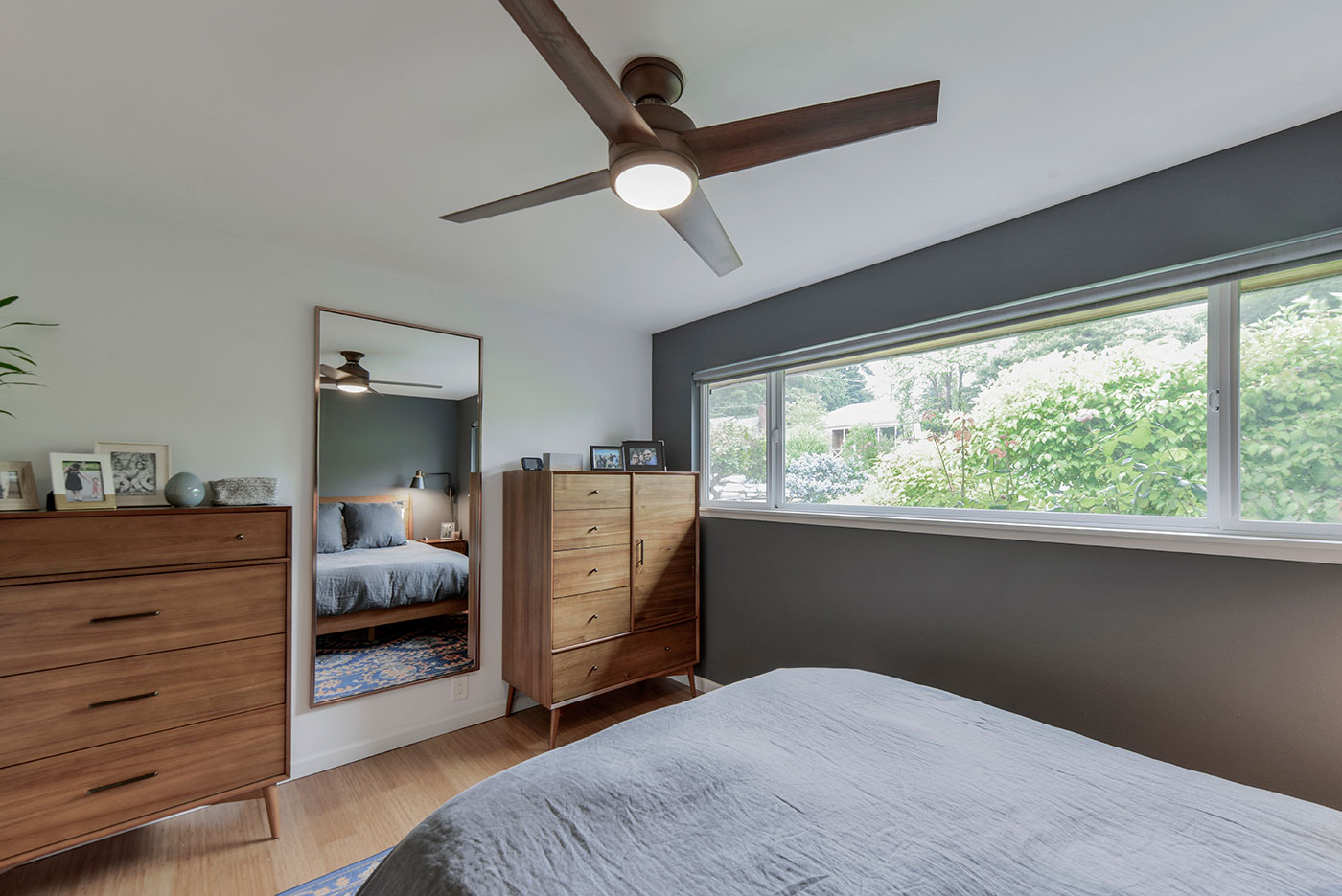
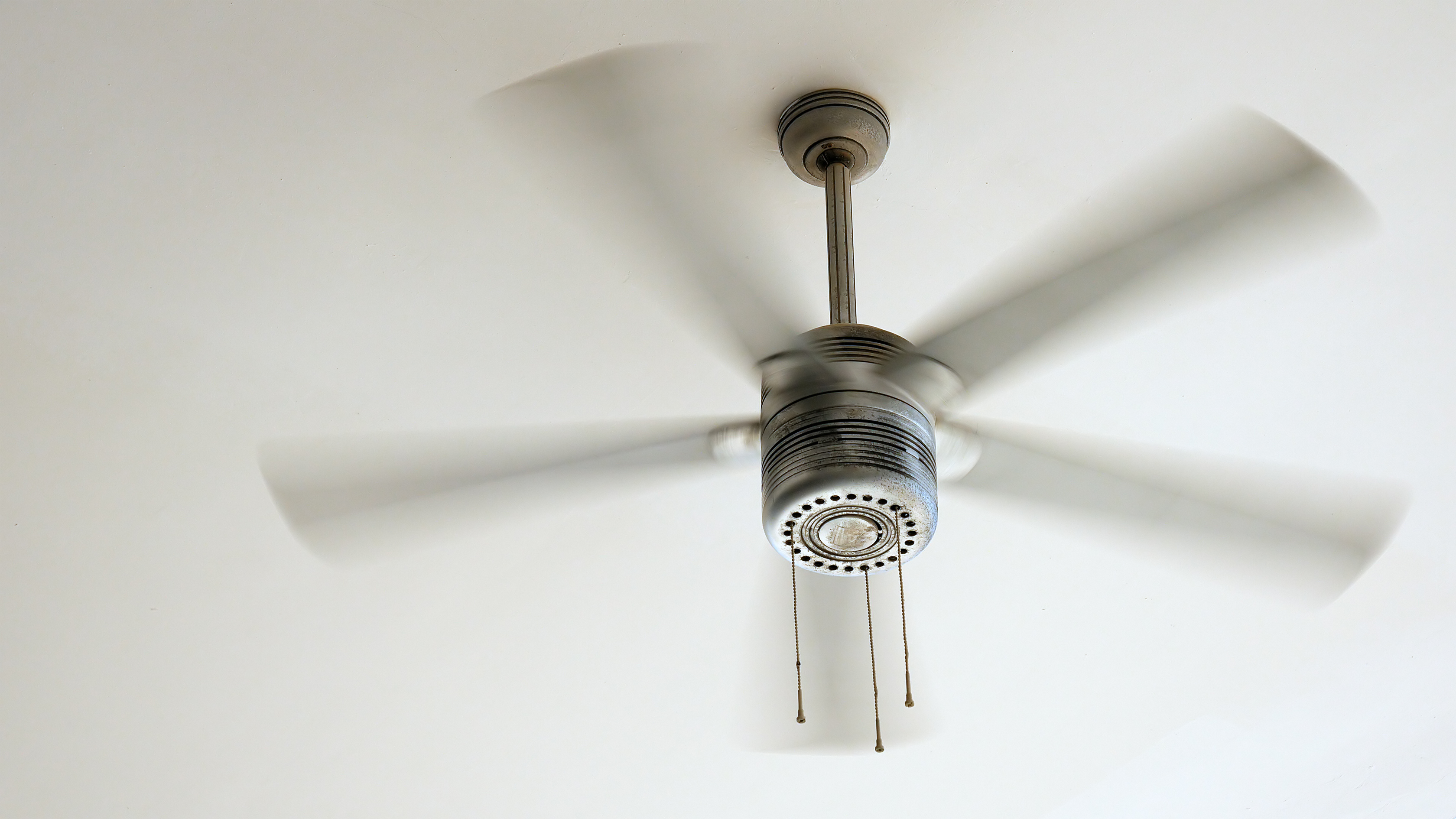
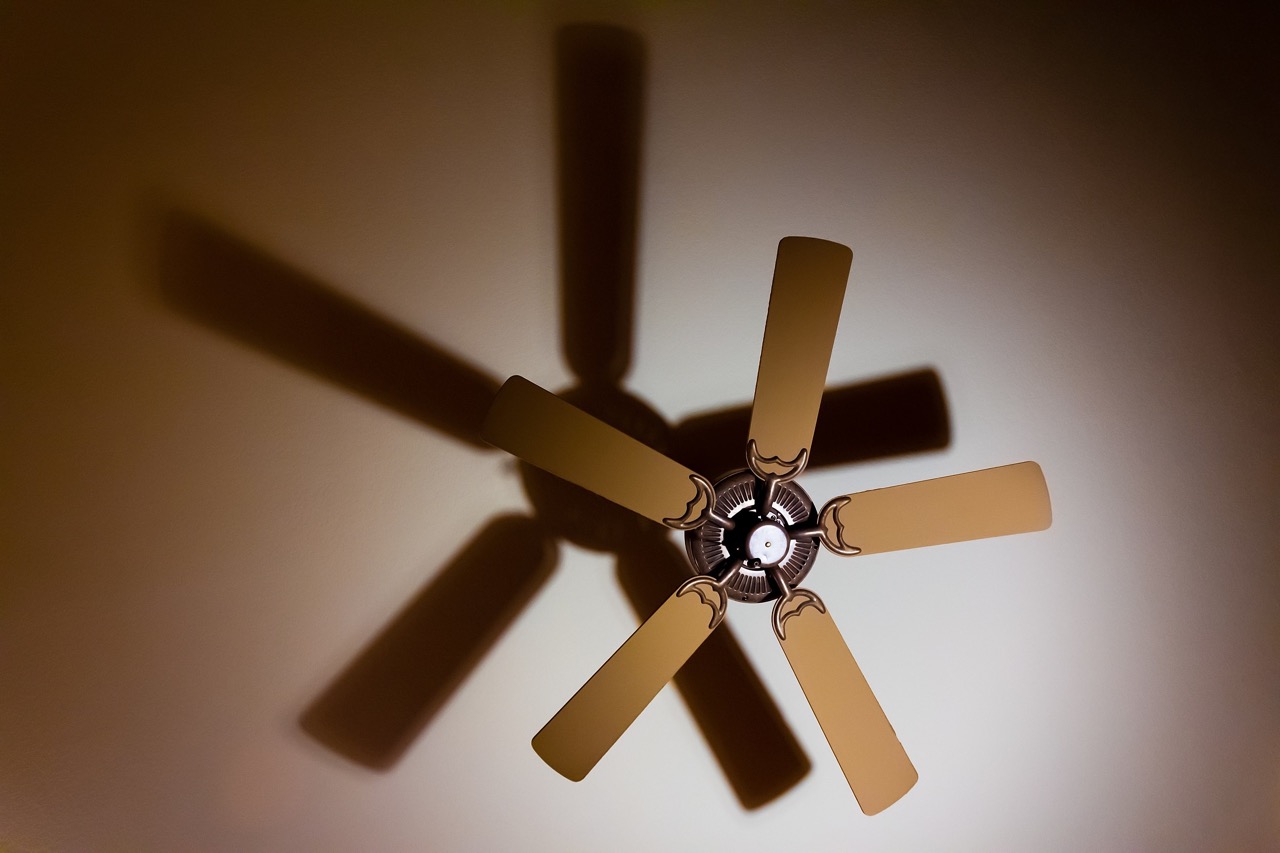
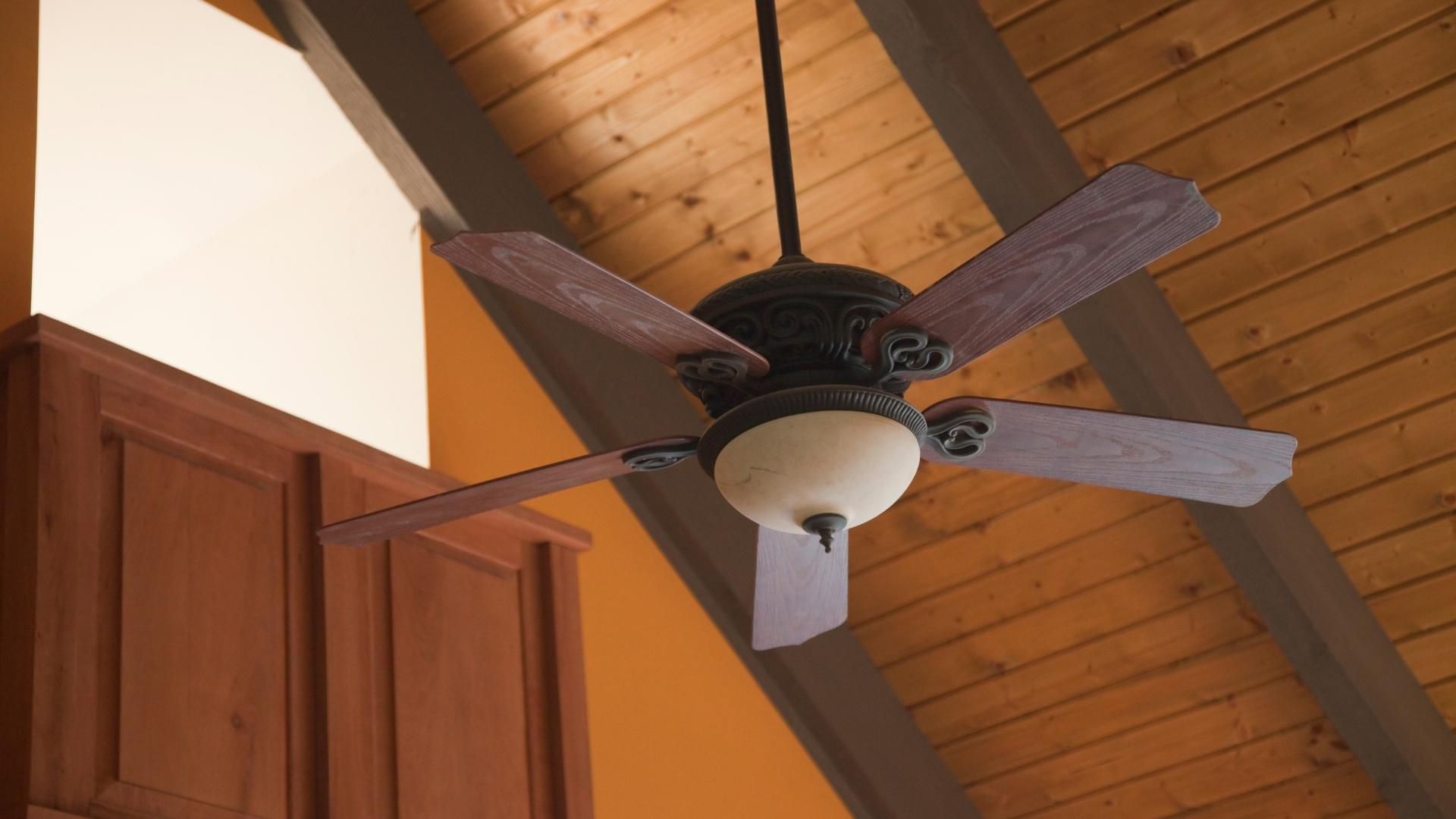
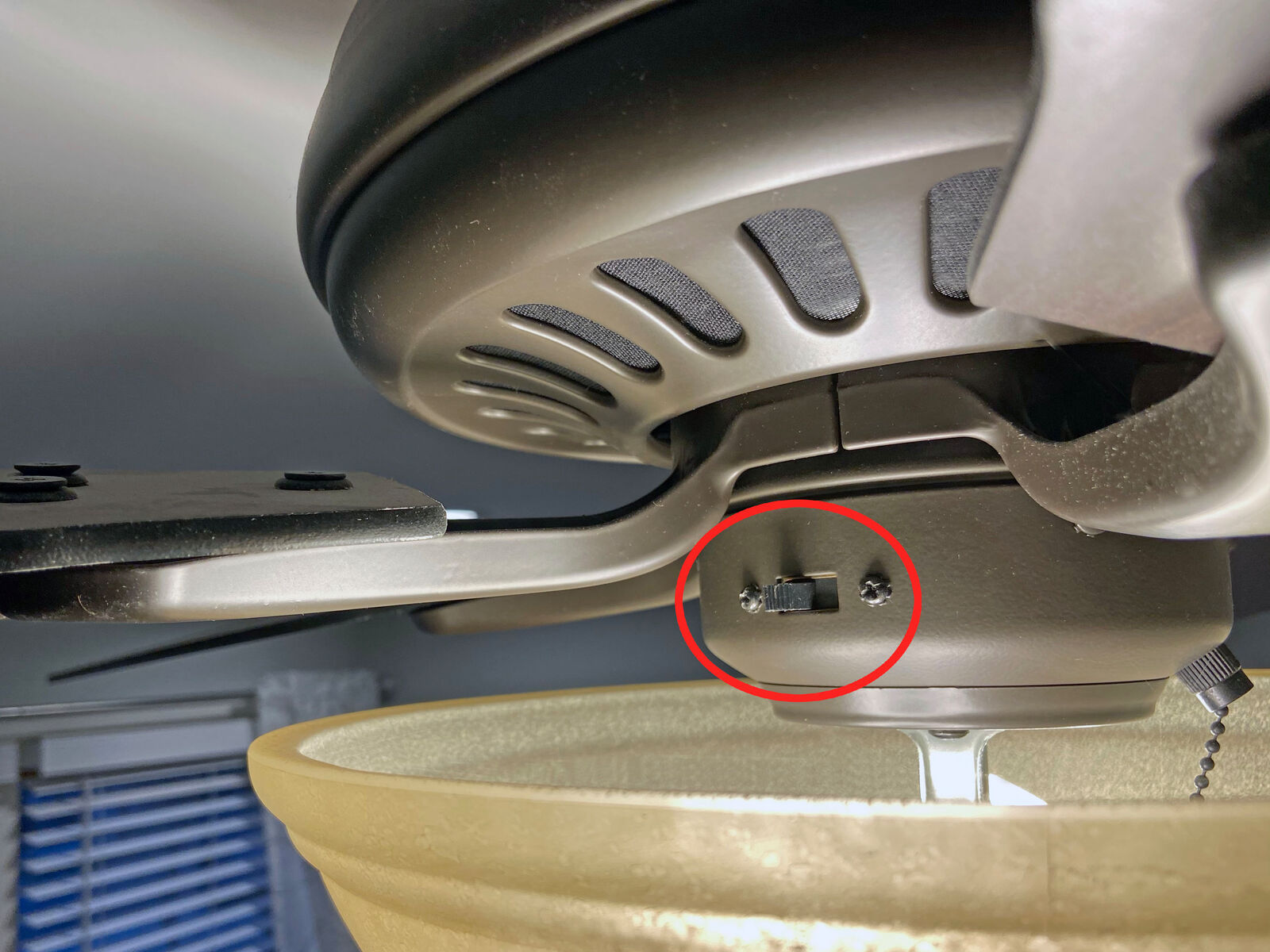
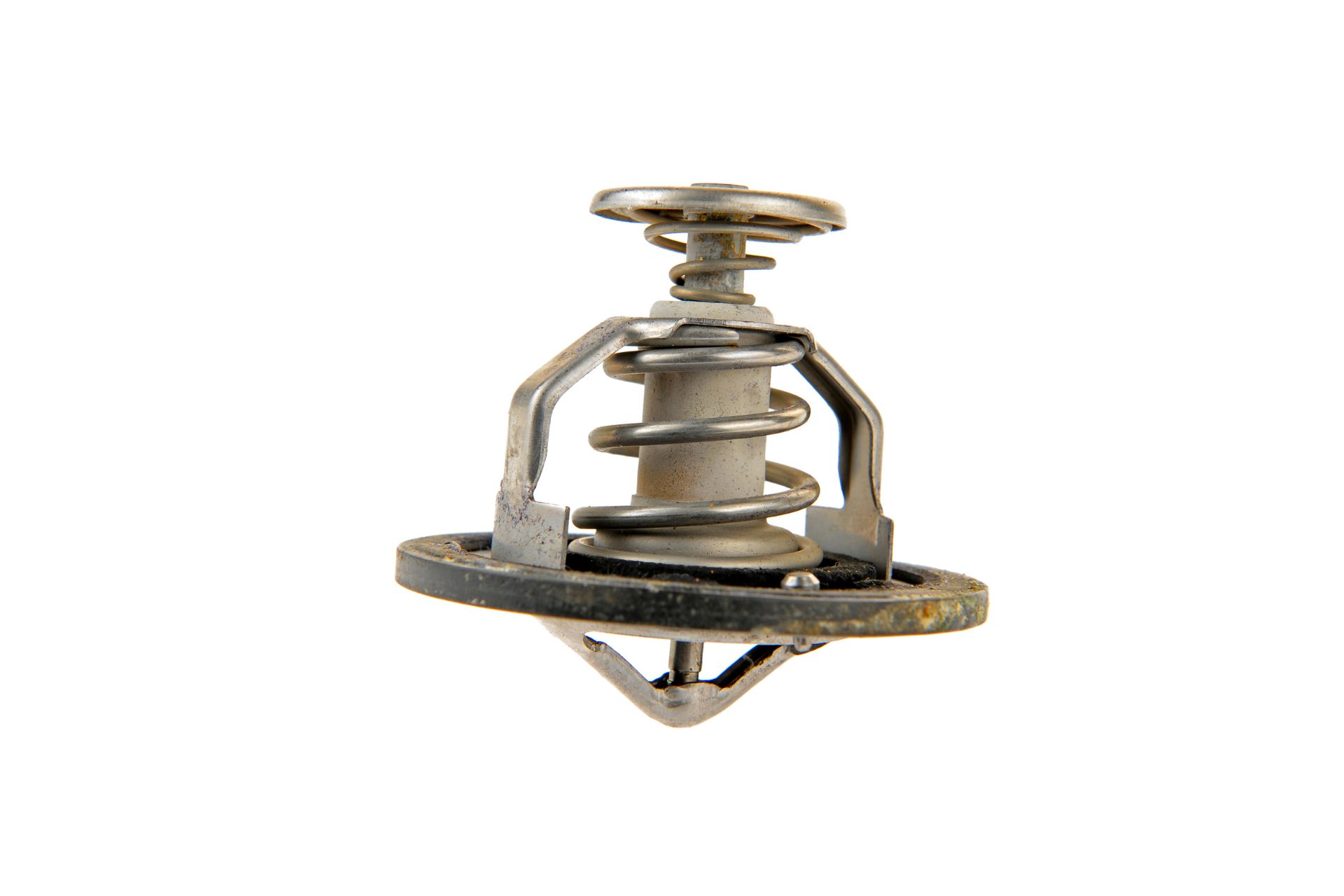
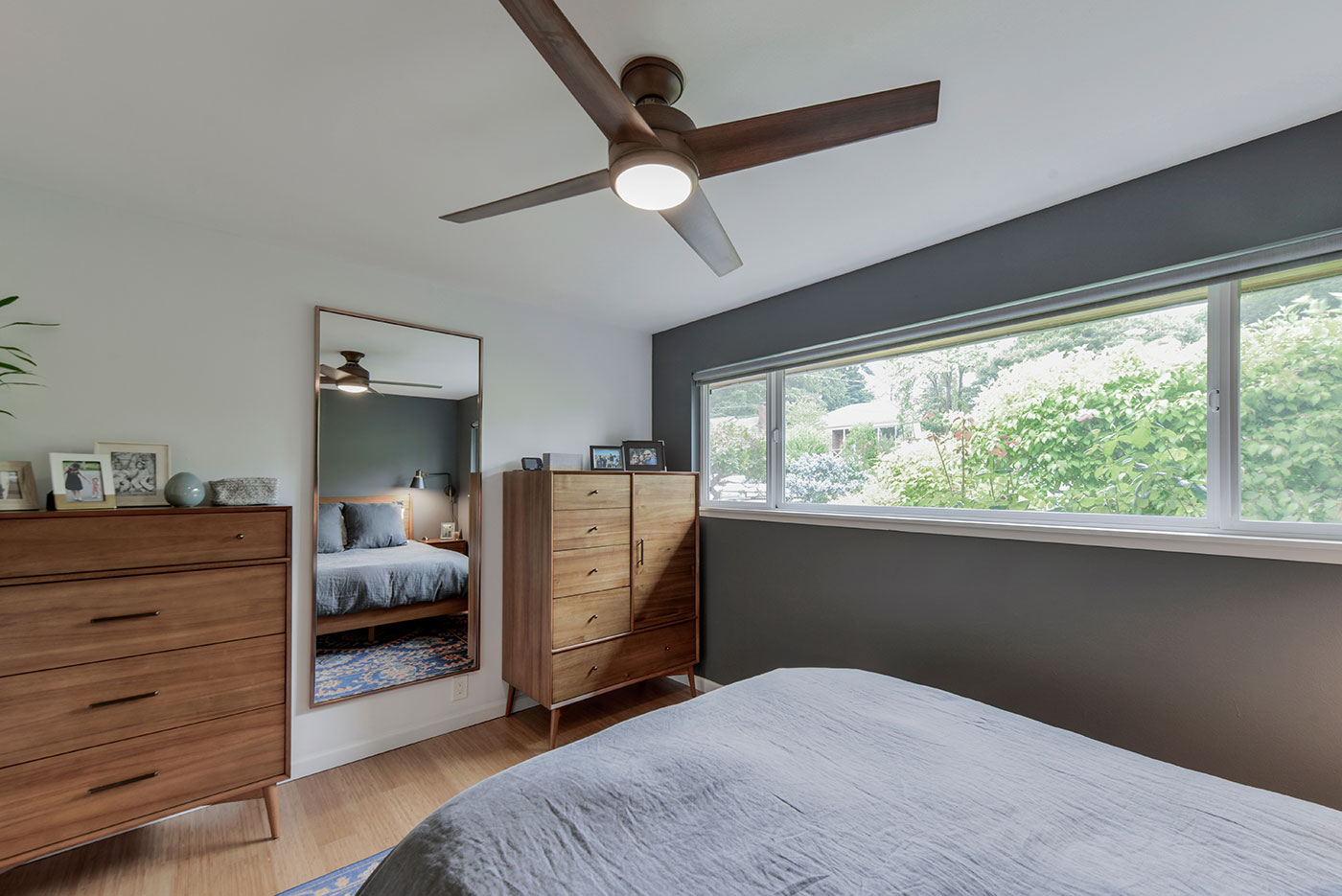
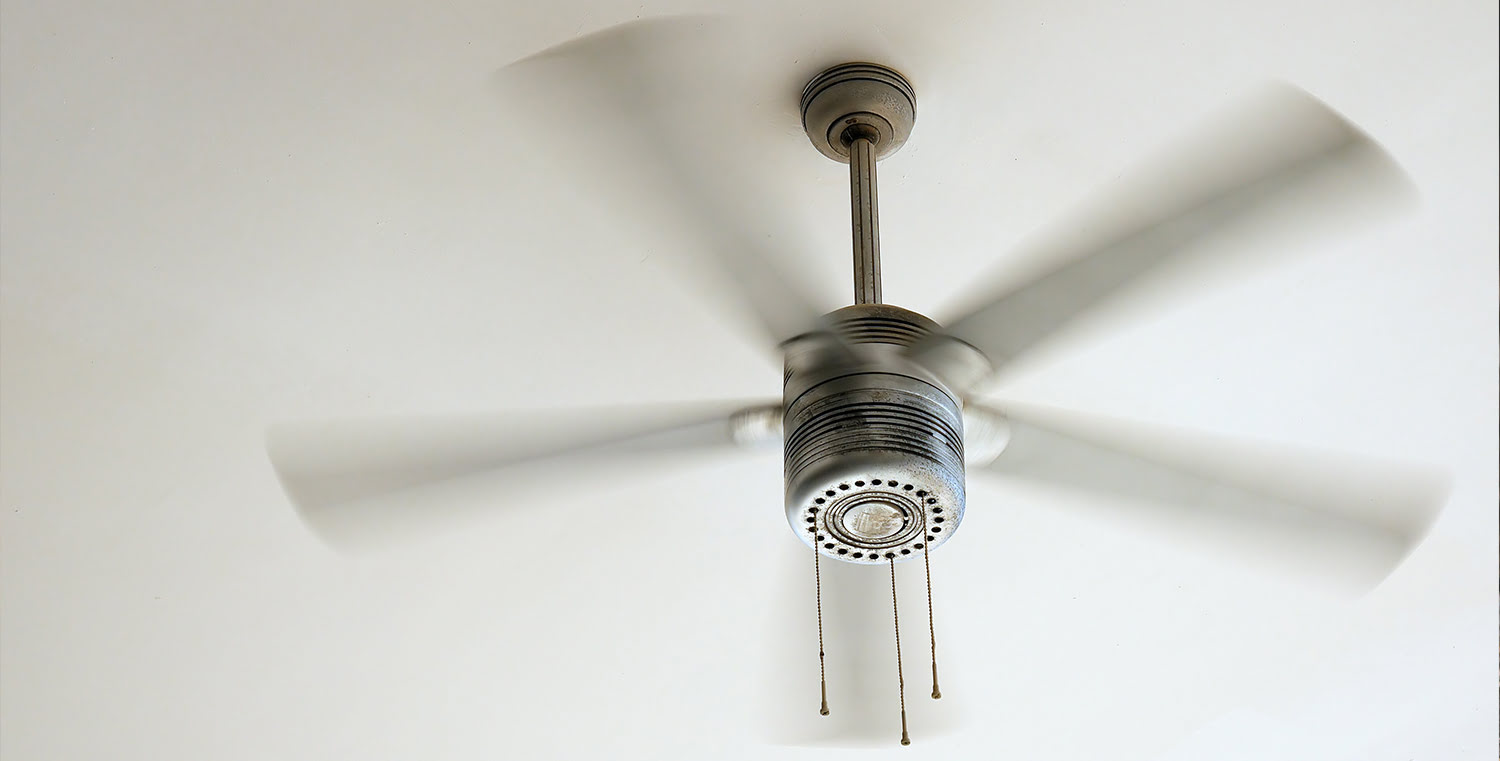
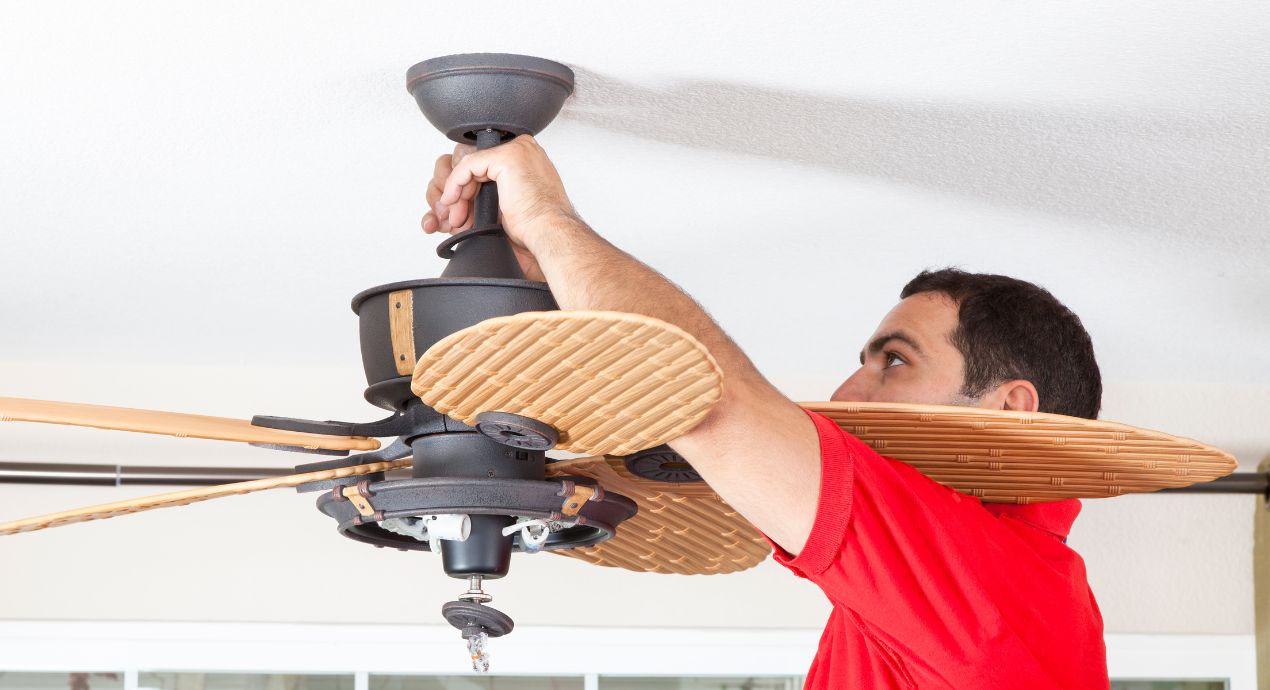
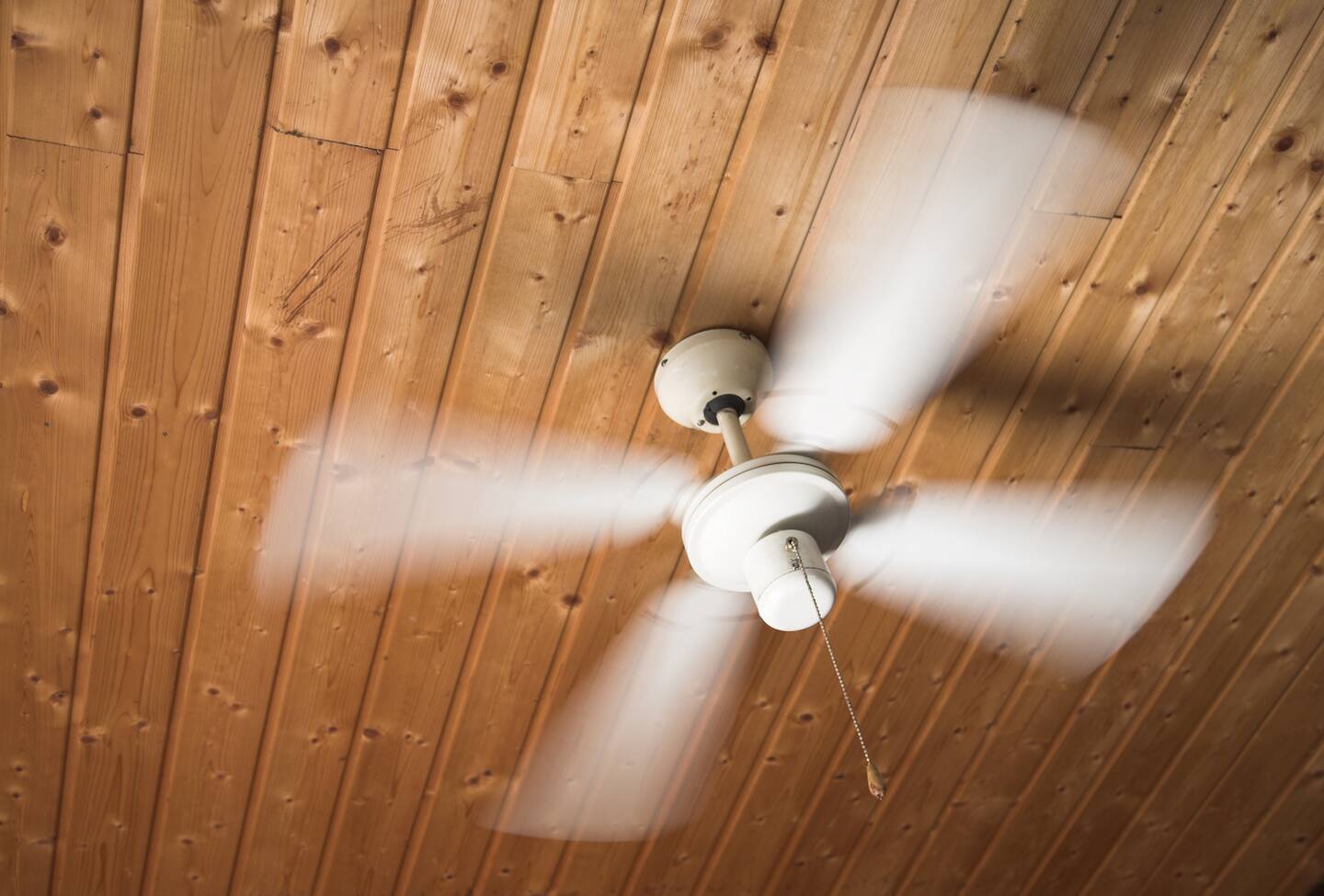
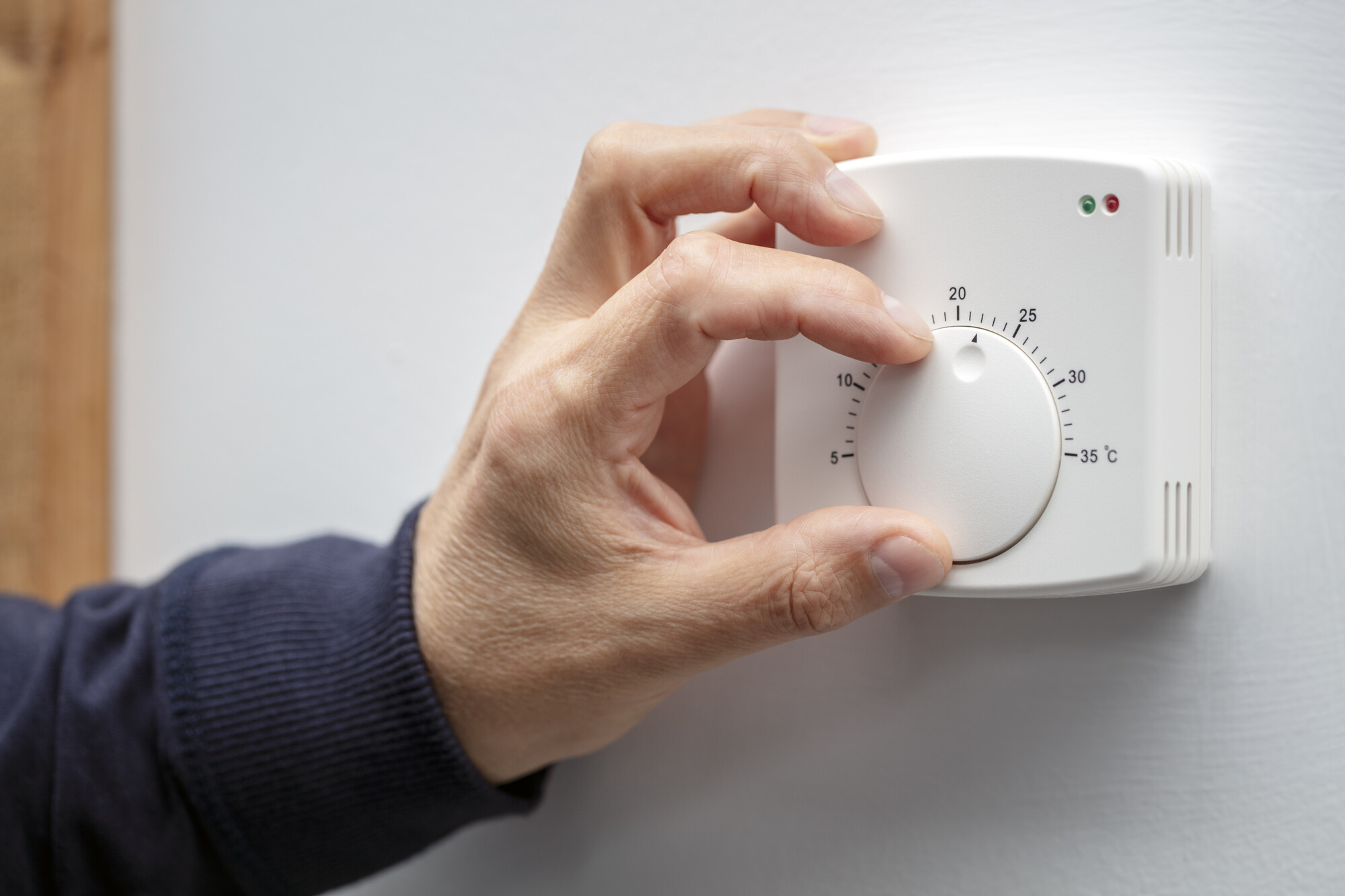
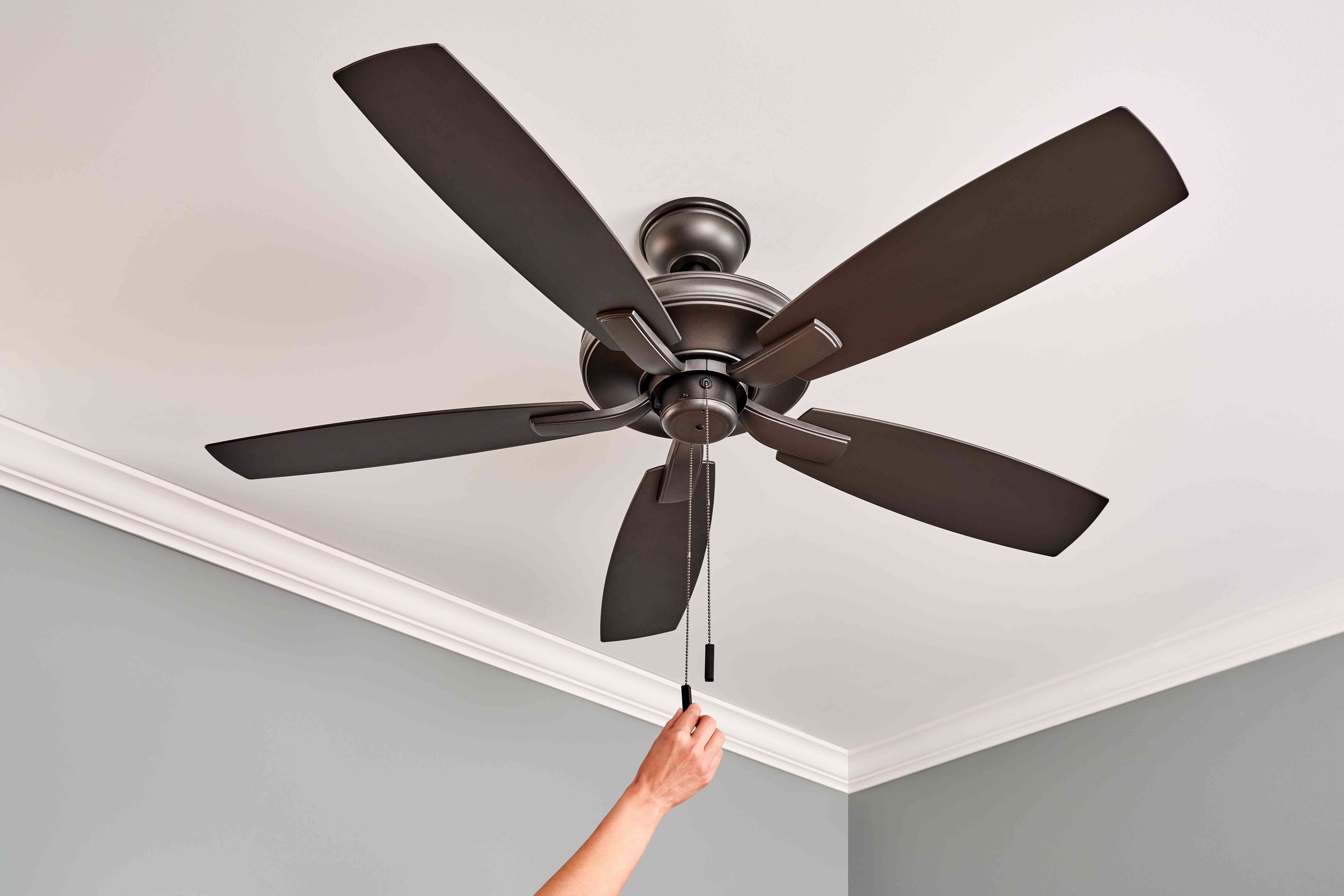

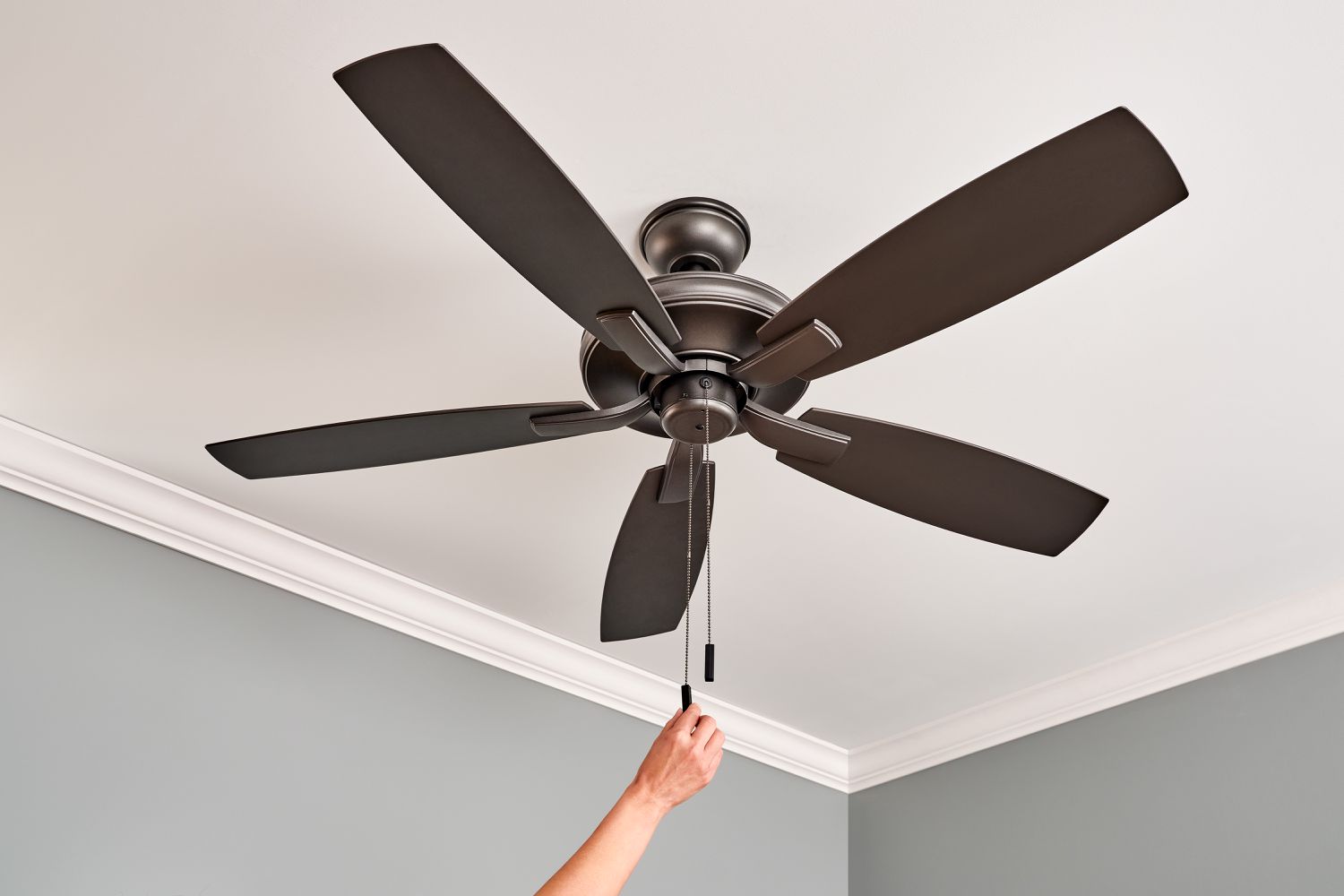

0 thoughts on “What Direction Should Ceiling Fans Go During Winter”